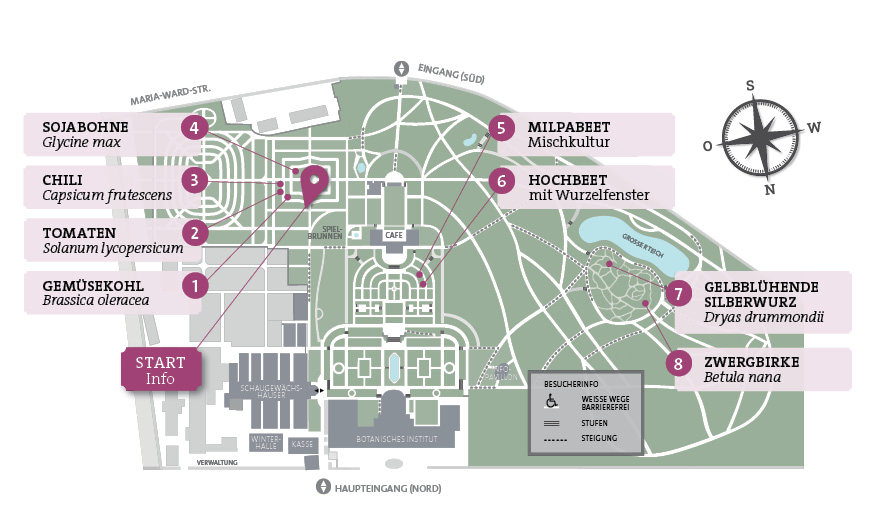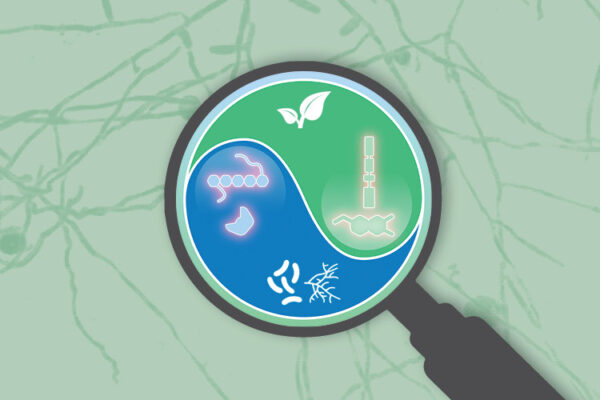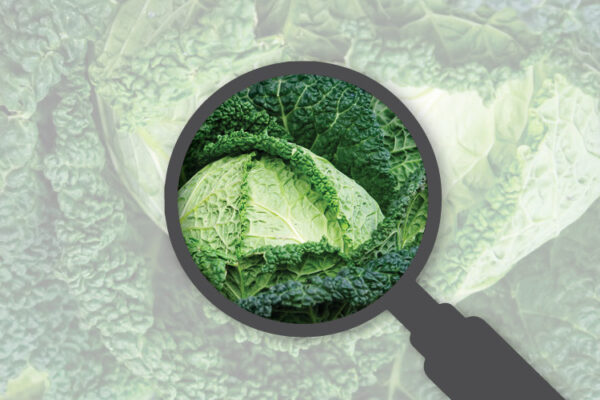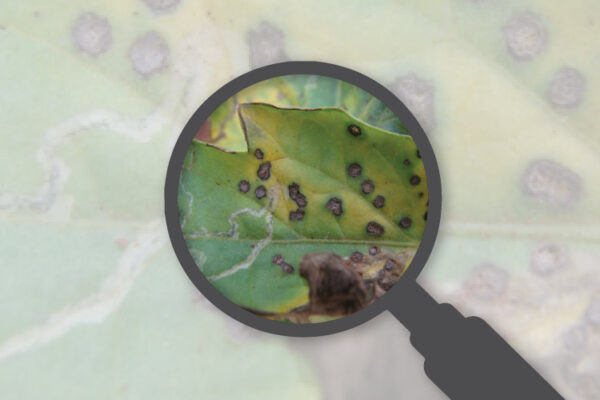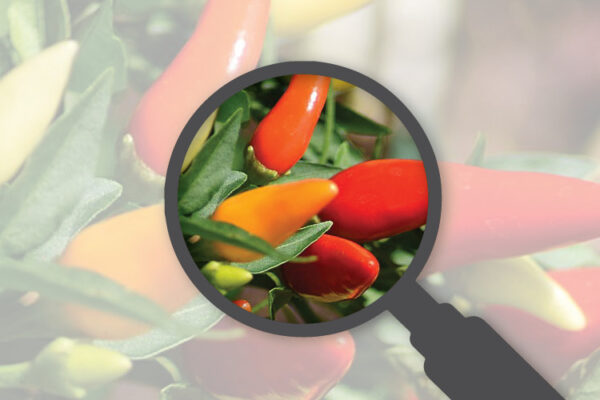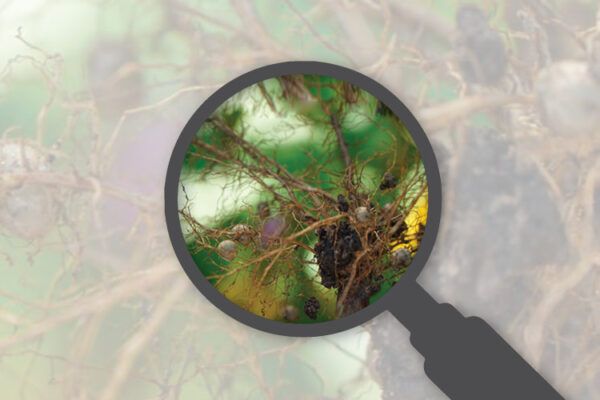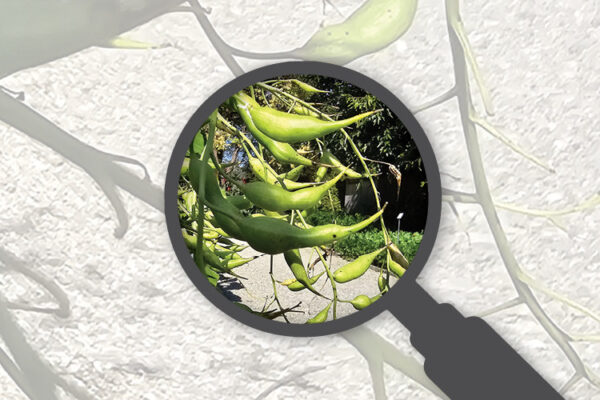Microworlds–teaching path research
On the trail of plant-microbe interactions
Whether beneficial or harmful – microscopic organisms, such as bacteria and fungi, have a major impact on our environment. The teaching path “microworlds” provides insights into the diverse interactions of plants and microorganisms at eight stations and gives answers to exciting questions: What exchange takes place in a symbiosis with nodule bacteria? How do plants defend themselves against diseases? What are root nodules – and to what extent can they replace fertilizer?
